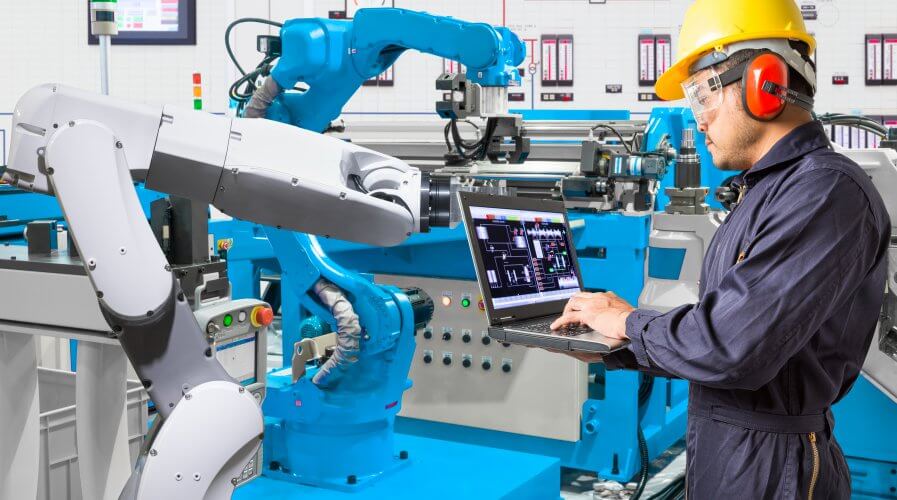
CIOs must lead the push for AI says new report. Source: Shutterstock
What exactly are companies doing with AI today?
ARTIFICIAL INTELLIGENCE (AI) is an exciting technology that has finally reached critical mass and made it into the commercial environment after decades in the laboratory. However, it’s still a nascent technology when it comes to actual, real-world commercial deployments.
Businesses find it hard to get to grips with the technology that can, in essence, steal their jobs away in the long-term. Just like human beings, AI has the potential to sense, think, learn, and act – and do it a lot faster and with a lot more conviction and accuracy than their human counterparts.
This #AI chip from @Intel uses thousands of simulated neurons to function like a #Human brain#ArtificialIntelligence #MachineLearning #NLP #MachineIntelligence #IoT #IIoT #BigData via @MikeQuindazzi cc @evankirstel @JimMarous @IIoT_World @psb_dc pic.twitter.com/LoyaQ2HkjO
— Harold Sinnott ? (@HaroldSinnott) May 3, 2018
However, there’s no way out. To stay competitive, companies must transform into proactive AI ideators, creators, and testers – and CIOs need to lead that change according to a recent study by Forrester and EMC.
Descriptively titled CIOs Need To Take The Lead On AI For Transformational Outcomes Across The Company, the report makes key recommendations for businesses keen on leading their industry by exploring and deploying AI solutions and also identifies what people are really doing with AI.
According to their survey, the top five use cases/applications of AI that companies are considering for the next 12 months are:
- Create and deliver a better customer experience
- Improve efficiencies in IT operations
- Improve delivery of insights services by an internal team to other parts of the organization
- Drive adoption of insights systems by employees
- Improve efficiencies in business operations
To support those use cases and applications of AI, companies are using the following building blocks:
- Data preparation/data cataloging software
- Biometrics
- Image and video analysis and speech analysis
- Intelligent recommendations and decision management
- AI-optimized hardware and AI management and orchestration
And finally, here are things that the survey revealed are challenging for businesses deploying AI strategies?
- Introduction of new security threats
- Change management to replace existing data and analytics practices
- Fast changing regulations on AI use as new technology emerges in the market
- Inability to maintain oversight/governance of machine decisions/actions
- We don’t have a well-curated collection of data to train an AI system
- Opportunity costs of AI investment
- Privacy concerns with the use of AI to mine customers insights
- Workforce concerns about job security
- Lack of skills to implement and operate such systems
- Lack of stakeholder alignment
While an analysis of responses revealed that AI initiatives are driven by “lines of business” but would benefit from some support and leadership from the IT teams. Doing so will lead to more use of AI building blocks, which will help create better and smarter solution.
READ MORE
- The criticality of endpoint management in cybersecurity and operations
- Ethical AI: The renewed importance of safeguarding data and customer privacy in Generative AI applications
- How Japan balances AI-driven opportunities with cybersecurity needs
- Deploying SASE: Benchmarking your approach
- Insurance everywhere all at once: the digital transformation of the APAC insurance industry




